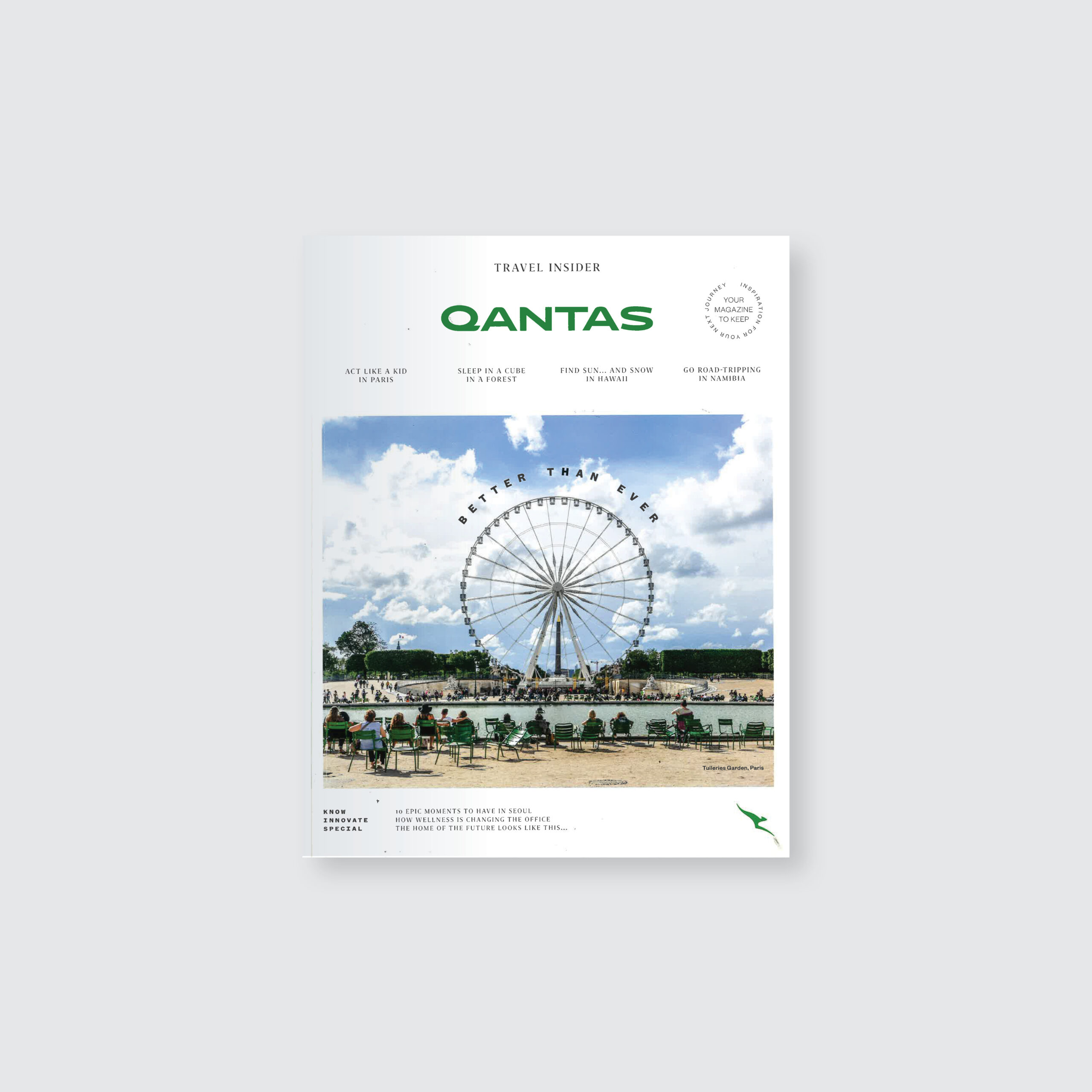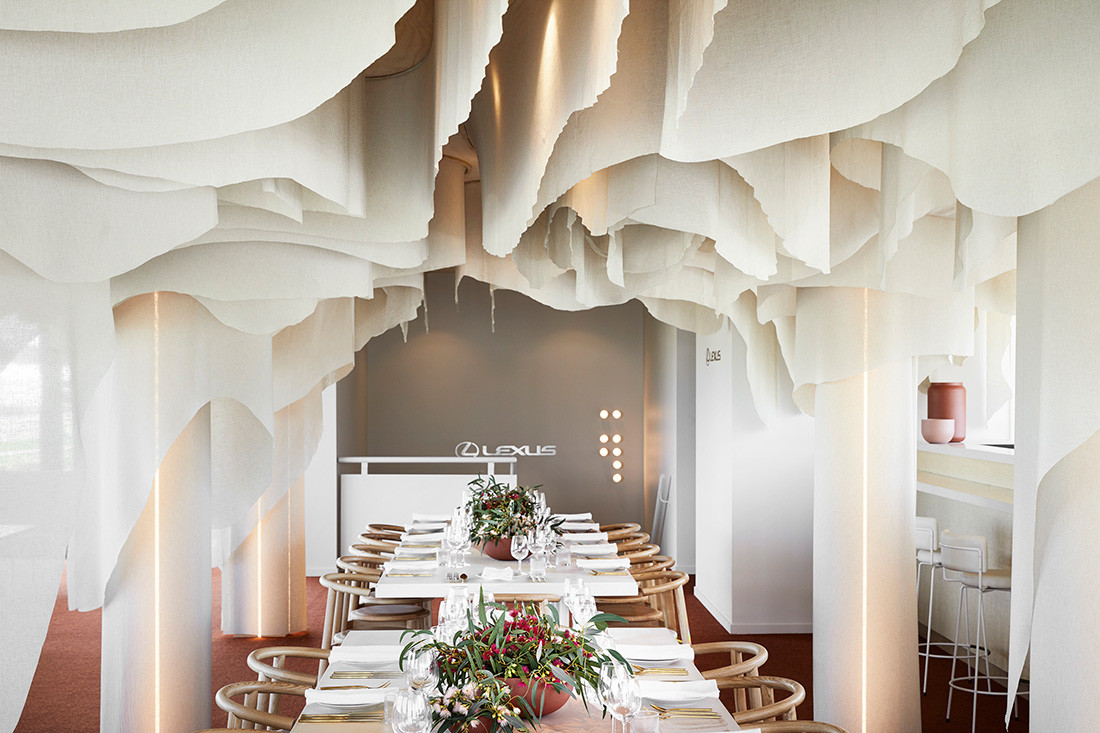CENTRAL PARK, NEW YORK: The legendary green space inspired award-winning Sydney architect Koichi Takada to create designs that work more cohesively with nature.
As a student living in Manhattan in the early 1990s, Central Park was my breathing space. Moving to New York had been my dream but it became a nightmare. The pressure of studying and working there took a toll and I was intimidated by the built environment; all the concrete, steel and narrow streets. I started going to Central Park every Sunday to play baseball. I didn’t know who I was playing against – it was just a melting pot of like-minded people who loved the game. It was wonderful. Afterwards, I always felt fully recharged.
Central Park was man-made from scratch, beginning in about 1853. In European cities, aristocrats had the pleasure and privilege of accessing parks in the middle of the city but they were fenced off to certain types of people. When Frederick Olmsted and Calvert Vaux won the competition to design Central Park, they opened it up to everyone. Americans talk a lot about democracy and this is a place anyone can use.
Unlike a building, there’s no completion in a park. Obviously, once the bones are there, it takes time for the trees to grow but then you keep revising and improving the space, exploring the boundaries of the park and recreation in the city. In Central Park, people can visit a zoo, baseball fields, tennis courts and playgrounds. You can rent a boat and ice skate and there’s an open-air theatre. Central Park will always be a work in progress.
It’s what people call “the lungs of New York City”. It took 160 years for more than 18,000 trees to grow and now they absorb almost 1 million pounds [about 454 metric tonnes] of CO2 per year, which helps mitigate greenhouse gas emissions. Sustainability isn’t a sprint, it’s a marathon. Central Park is a massively important symbol of what the future could be. We can bring nature back into the city, build something that lives and grows, and pass on a sustainable man-made environment to the next generation.

- Koichi Takada established his eponymous architecture practice in Sydney in 2008 and also has offices in Doha and Tokyo. His works include the mixed-use Arc by Crown Group in the Sydney CBD and the National Museum of Qatar gift shop.
As published in Qantas Travel Insider, September 2022 | No. 351, Page 121



